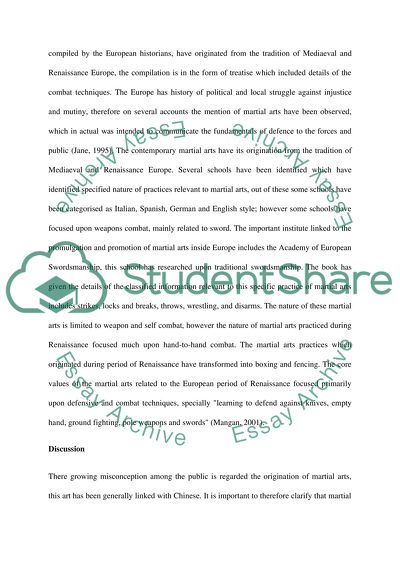Cite this document
(The History Of Martial Arts In Renaissance Europe Essay, n.d.)
The History Of Martial Arts In Renaissance Europe Essay. https://studentshare.org/history/1506710-martial-arts-in-renaissance-europe
The History Of Martial Arts In Renaissance Europe Essay. https://studentshare.org/history/1506710-martial-arts-in-renaissance-europe
(The History Of Martial Arts In Renaissance Europe Essay)
The History Of Martial Arts In Renaissance Europe Essay. https://studentshare.org/history/1506710-martial-arts-in-renaissance-europe.
The History Of Martial Arts In Renaissance Europe Essay. https://studentshare.org/history/1506710-martial-arts-in-renaissance-europe.
“The History Of Martial Arts In Renaissance Europe Essay”. https://studentshare.org/history/1506710-martial-arts-in-renaissance-europe.


